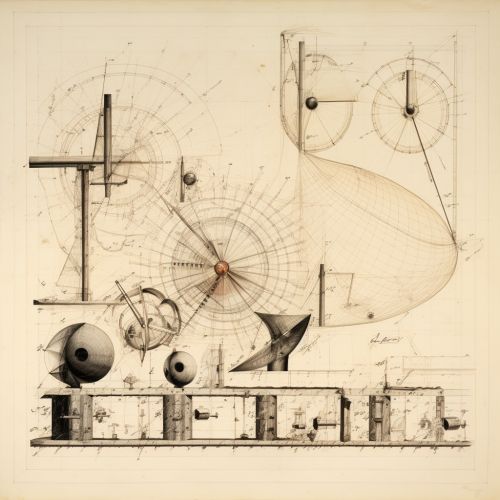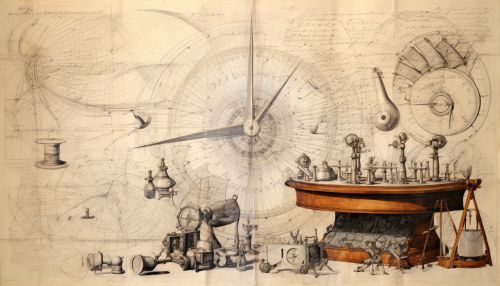Henri Poincaré
Early Life and Education
Henri Poincaré was born on April 29, 1854, in the city of Nancy, France. His father, Léon Poincaré, was a professor of medicine at the University of Nancy. His mother, Eugénie Launois, was passionate about classical literature and instilled a love for learning in her children.
Poincaré showed an early aptitude for mathematics and science. He studied at the Lycée in Nancy, where he excelled in his studies, particularly in mathematics. After graduating from the Lycée, he went on to study at the prestigious École Polytechnique in Paris, where he focused on mathematics and physics.
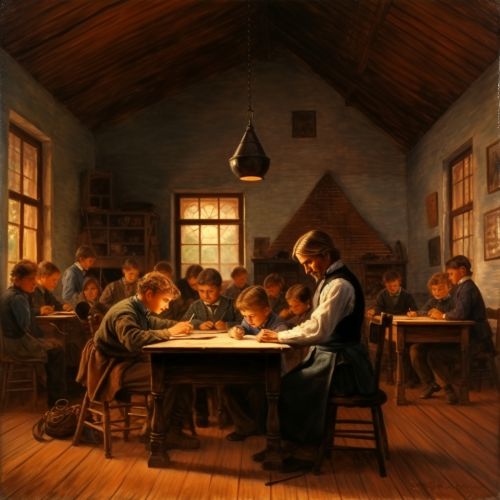

Career and Contributions to Mathematics and Physics
After completing his studies at the École Polytechnique, Poincaré was appointed to the University of Caen in 1879, where he began his career as a lecturer in mathematics. His early work focused on differential equations and celestial mechanics, a branch of astronomy that studies the motions of celestial bodies.
Poincaré made significant contributions to many areas of mathematics, including algebraic topology, number theory, and the theory of functions. He is perhaps best known for his work in the field of topology, where he introduced the concept of homotopy and the Poincaré duality theorem. His work laid the foundation for much of modern topology.
In physics, Poincaré is known for his work on the three-body problem in celestial mechanics and his contributions to the theory of relativity. He was one of the first to propose the idea of space and time as a four-dimensional continuum, a concept that was later incorporated into Einstein's theory of relativity.
Poincaré's work in mathematics and physics was widely recognized during his lifetime. He was elected to the French Academy of Sciences in 1887 and served as its president in 1906. He was also a foreign member of numerous scientific societies, including the Royal Society in London and the Prussian Academy of Sciences in Berlin.
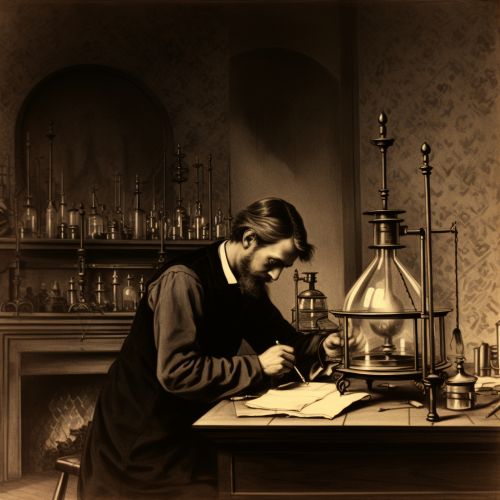
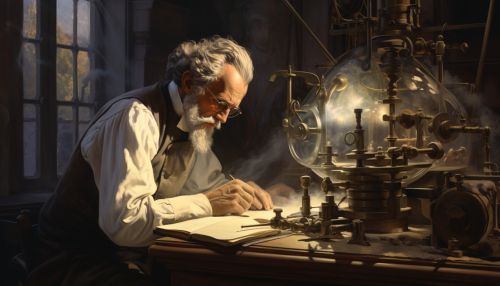
Poincaré Conjecture
One of Poincaré's most famous contributions to mathematics is the Poincaré Conjecture. Proposed in 1904, the conjecture deals with the characteristics of three-dimensional spheres in four-dimensional space. It remained one of the most important unsolved problems in topology for nearly a century.
The Poincaré Conjecture states that any closed three-dimensional manifold that is homotopy equivalent to the three-dimensional sphere must be a three-dimensional sphere. In simpler terms, it suggests that if a shape can be stretched and deformed without tearing or gluing, and it has no holes, then it is a sphere.
The conjecture was finally proven by Grigori Perelman in 2002, nearly a century after it was first proposed. Perelman's proof of the Poincaré Conjecture was a significant achievement in the field of mathematics and earned him the Fields Medal, one of the highest honors in mathematics.


Later Life and Legacy
Poincaré continued to work and contribute to mathematics and physics until his death on July 17, 1912. His work has had a profound impact on the fields of mathematics and physics, and his ideas continue to influence these fields today.
Poincaré's legacy is evident in the many concepts and theorems that bear his name, including the Poincaré recurrence theorem in physics, the Poincaré group in mathematical physics, and the Poincaré disk model in hyperbolic geometry.
In addition to his mathematical and scientific contributions, Poincaré is also remembered for his philosophical reflections on science and mathematics. His book, "Science and Hypothesis," is considered a classic in the philosophy of science.
